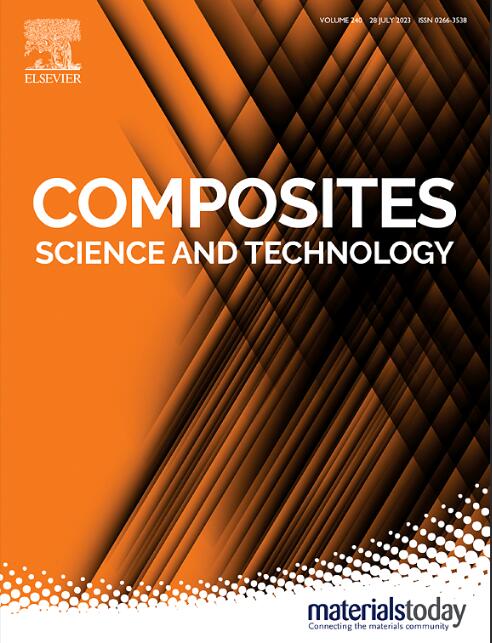Analysis of fiber-matrix interface debonding under normal loading using in-situ microscopy and cruciform-shaped single glass fiber composite specimens
IF 8.3
1区 材料科学
Q1 MATERIALS SCIENCE, COMPOSITES
引用次数: 0
Abstract
One of the important microscale properties that determine a composite's performance is the fiber-matrix interface strength. Research has primarily been focused on the interface strength under shear loading, while studies on interface strength under normal loading are limited. Nevertheless, normal loading is very relevant, for example to understand failure mechanisms in 90° plies. Therefore, in this work, we modified a single fiber composite test to a cruciform shape with a thinned middle section to test glass fiber matrix interface properties under normal loading conditions. These specimens allow testing the interface up till the point of failure of the polymer matrix, thus improving over regular cruciform specimens. An in-house designed tensile stage enabled the use of in -situ transmission and reflection microscopy. Insights into the debonding process were obtained over a large fiber length (±10 mm) via the use of a step-and-shoot method. The methodology is applied to a glass fiber with an epoxy compatible and incompatible sizing. It shows that the debonding process can be divided into two partially independent debonding processes (initiation and propagation). The obtained data enabled the construction of a descriptive function for the total debond length of a fiber-matrix interface. This showed that besides a high interface strength, a homogeneous application of the sizing should be aimed to decrease the chances of initiating debonding at lower stresses.

求助全文
约1分钟内获得全文
求助全文
来源期刊

Composites Science and Technology
工程技术-材料科学:复合
CiteScore
16.20
自引率
9.90%
发文量
611
审稿时长
33 days
期刊介绍:
Composites Science and Technology publishes refereed original articles on the fundamental and applied science of engineering composites. The focus of this journal is on polymeric matrix composites with reinforcements/fillers ranging from nano- to macro-scale. CSTE encourages manuscripts reporting unique, innovative contributions to the physics, chemistry, materials science and applied mechanics aspects of advanced composites.
Besides traditional fiber reinforced composites, novel composites with significant potential for engineering applications are encouraged.
 求助内容:
求助内容: 应助结果提醒方式:
应助结果提醒方式:


